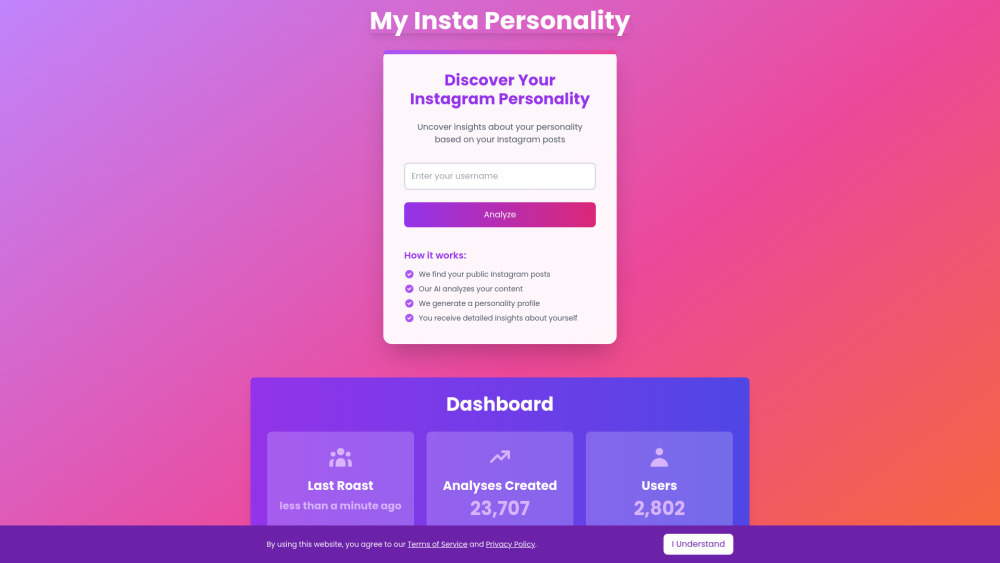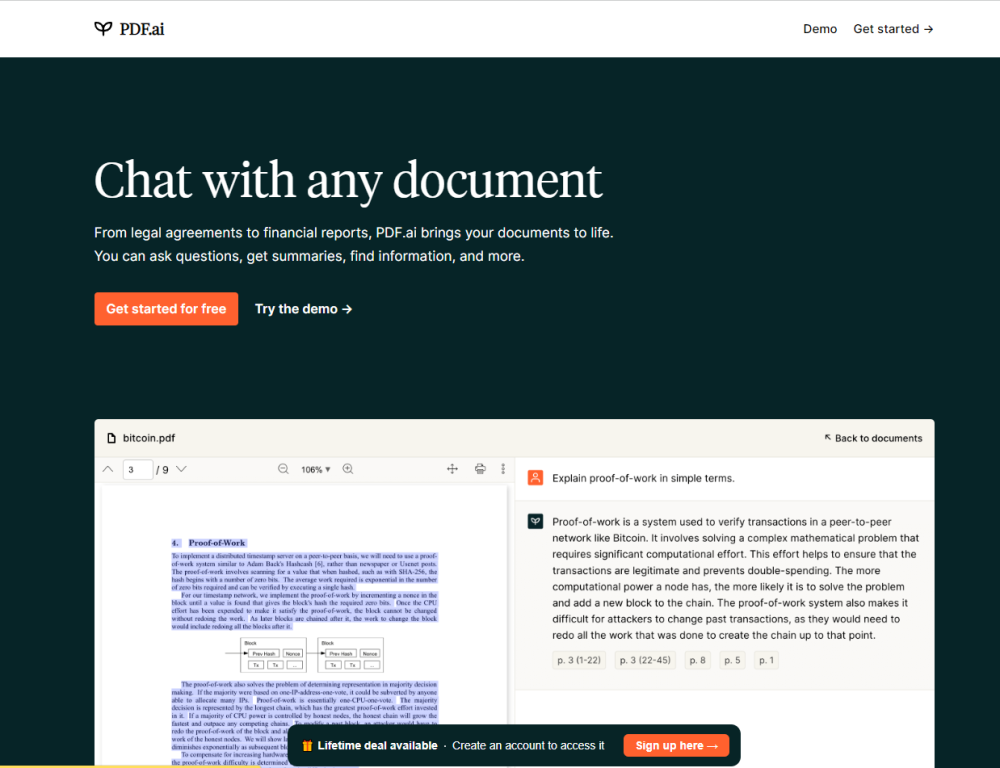Apple researchers have developed a groundbreaking method for training large language models (LLMs) that seamlessly integrates text and visual information. This innovation is detailed in their paper titled "MM1: A Pretraining Method for Multimodal LLMs, Analysis, and Insights," which outlines a new path for creating smarter and more versatile artificial intelligence systems.
By employing a diverse dataset that includes image-caption pairs, interleaved image-text documents, and purely text data, Apple claims that its MM1 model demonstrates superior accuracy in tasks such as image caption generation, visual question answering, and natural language reasoning. This research sets new standards in AI by focusing on the combination of various training data types and model architectures, enabling machines to understand and generate responses based on visual and linguistic cues. Such capabilities are crucial for tasks requiring intricate interpretation of the world, like explaining complex images or answering questions related to visual elements.
The paper also highlights MM1's impressive contextual learning abilities, especially in configurations with up to 3 billion parameters. Notably, its "chain-of-thought" reasoning allows the model to solve complex open-ended problems using only a few examples.
This research represents a significant step for Apple in enhancing its AI capabilities amid fierce competition. Recent reports indicate that Apple is in discussions with Google to license its Gemini generative LLM to support upcoming features for iOS 18 on the iPhone.





